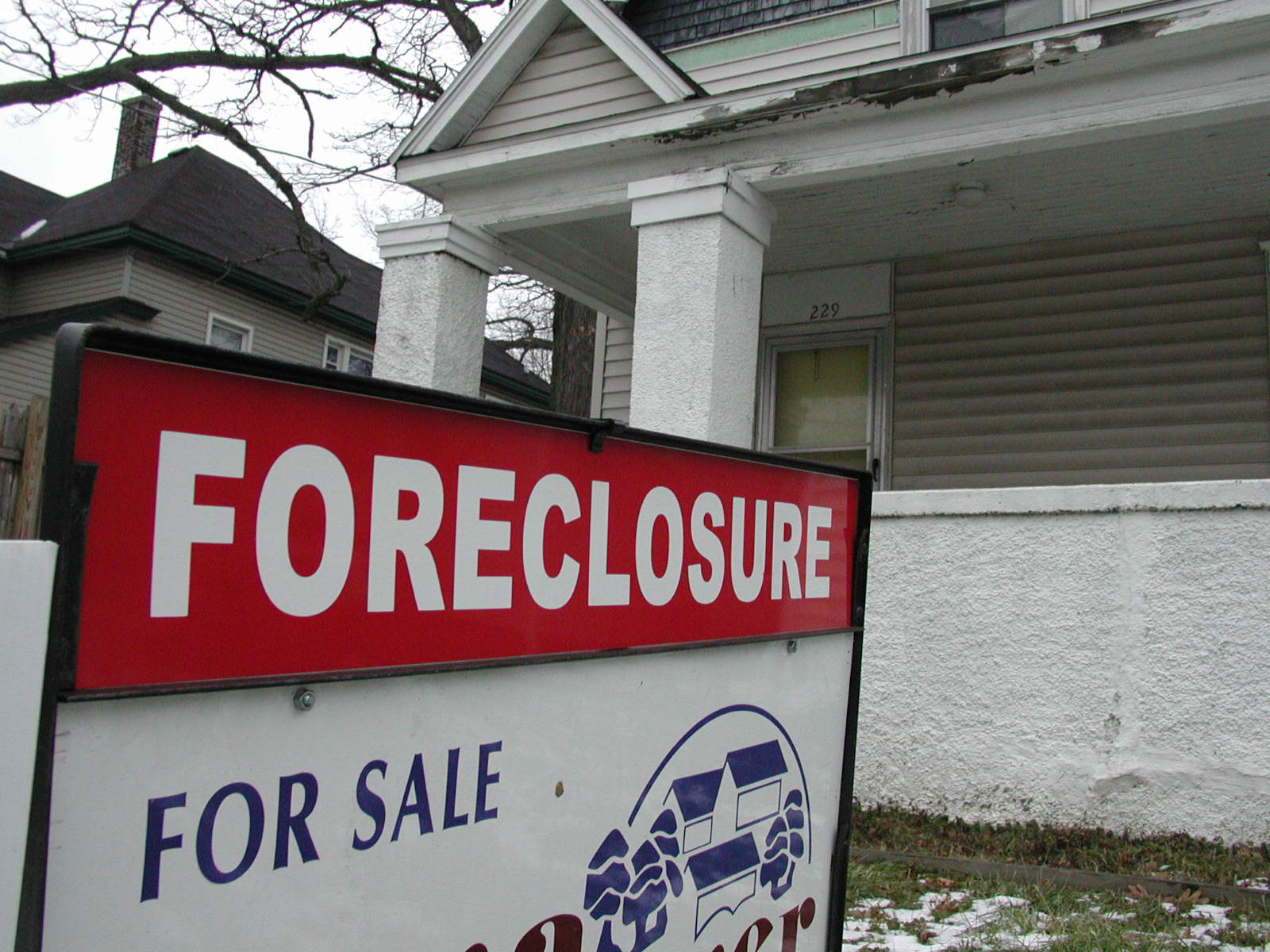
The state of New Jersey has been particularly hard hit by the mortgage foreclosure crisis and in particular Essex County, where the majority of the state’s African-American residents live. Essex County includes the state’s largest city, Newark, and the urban communities of Irvington, East Orange and Orange. NorthStarNews.com calls the state home and we are naturally concerned with the experiences of Black homeowners in New Jersey. It is why we are joining community activists to sponsor a public hearing “Community Voices on the Mortgage Foreclosure Crisis” in Newark on the campus of Essex County College on December 14.
Though the national economy has showed signs of recovery from the historic recession, the African-American community has in no way recovered. The mortgage foreclosure crisis is evidence of this lag. The loss of employment and the underemployment of Black workers put many homeowners at risk of foreclosure as they were unable to meet mortgage and property tax payments. The recession also wrecked the value of many properties, putting them “underwater” with debt exceeding what the property is valued. For the African-American community, home ownership has been the gateway to wealth building, a means to make strategic investments in education and a tool to pass wealth generationally. The loss of a home to foreclosure not only destabilizes Black families, it poses a threat to the economic security of the larger African-American community.
The foreclosure rate in New Jersey, second only to Delaware, is 1 in every 563 properties. The rate for Essex County is 1 in every 679 properties. The top five cities for foreclosures in the state are all in Essex County:
1. Irvington (1 in every 376)
2. East Orange (1 in every 522)
3. West Orange (1 in every 527)
4. Bloomfield (1 in every 630)
5. Newark (1 in every 670)
The racial disparity in foreclosures is evident in Essex County as many of these urban communities are located next to more affluent white suburban communities, with several cities bordering white middle and upper middle class enclaves. The distance between economic conditions is often minutes in Essex County and not miles. While suburban communities have been impacted by foreclosures the evidence is not as apparent as properties that are not occupied are well maintained and neighborhoods give no appearance of abandonment or blight. The same cannot be said for urban communities as is the point of a recent federal civil rights lawsuit filed by the National Fair Housing Alliance against Fannie Mae. Inner city neighborhoods are marked by foreclosed properties that have deteriorated and pose a threat to the health and security of mostly Black and Latino occupied residences. Meanwhile, cities suffer as these properties lower overall property values and provide no tax revenue to local governments.
The following is a statistical profile of the mortgage foreclosure crisis in New Jersey with data culled from RealtyTrac, an online resource for real estate transactions.
NEW JERSEY (MEDIAN LIST PRICE $278,000)
ESSEX COUNTY NJ (MEDIAN LIST PRICE $324,950)
IRVINGTON NJ (MEDIAN LIST PRICE $93,700)
NEWARK NJ (MEDIAN LIST PRICE $152,500)
EAST ORANGE NJ (MEDIAN LIST PRICE $150,000)
MAPLEWOOD NJ (Median List Price: $529,000)
The community of Maplewood is a middle class community that borders Newark and Irvington, and is within a mile of the East Orange border and where African-Americans are approximately 32% of the population and 54% of the town's only public high school, Columbia High School. It is a point of comparison to show the difference between communities in Essex County.

today in black history
December 16, 2025
Andrew Young, former Member of Congress from Atlanta, is appointed Ambassador to the United Nations by President Jimmy Carter in 1976.
New Jersey’s Foreclosure Crisis
POSTED: December 08, 2016, 11:30 am




















